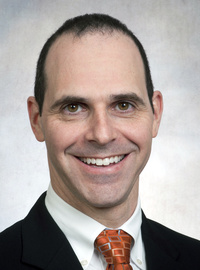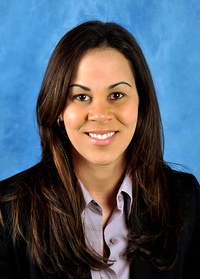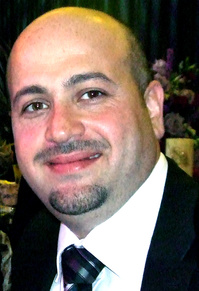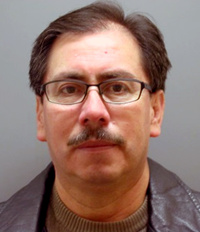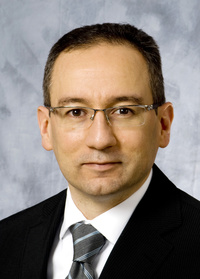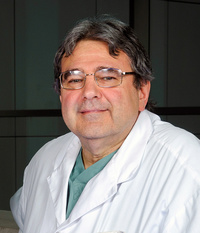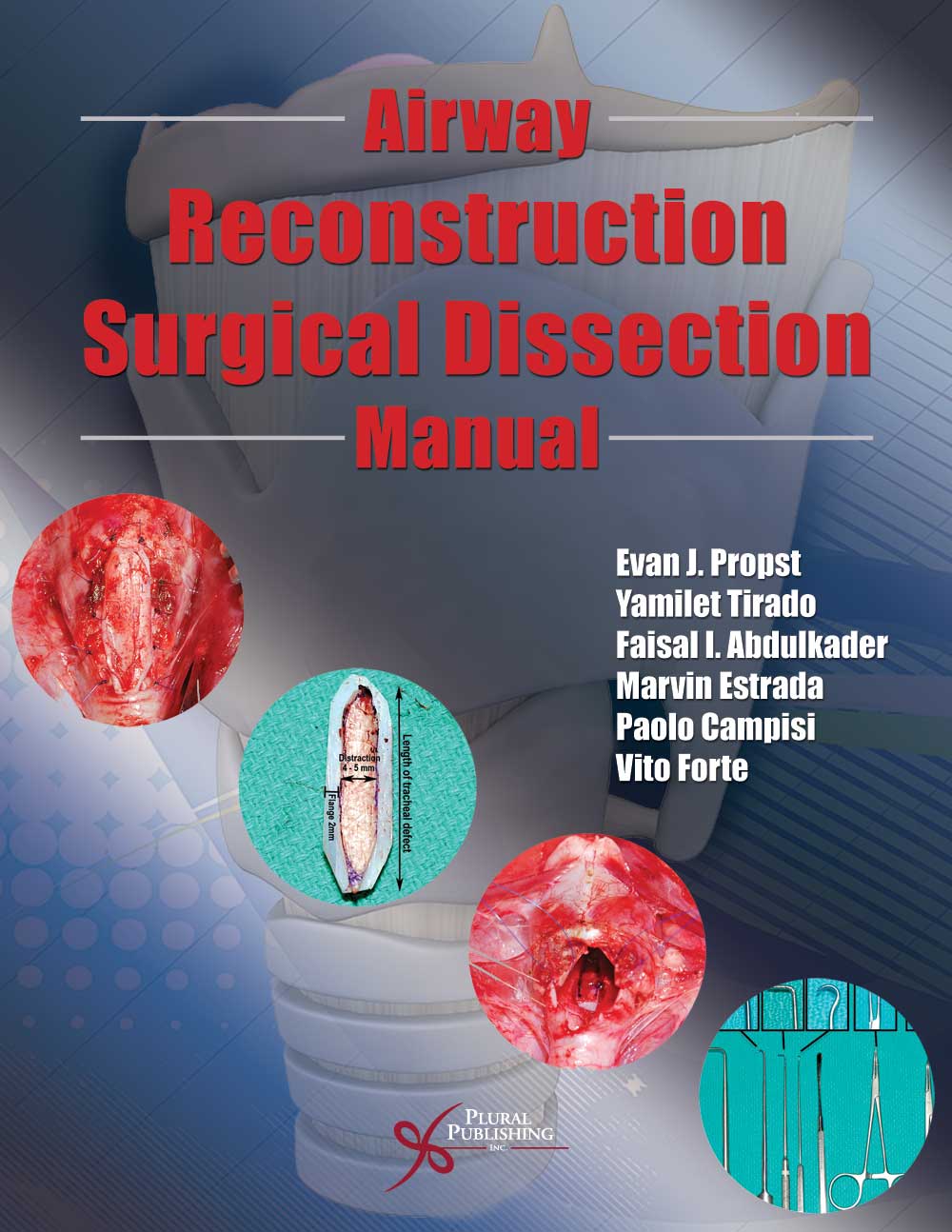
Airway Reconstruction Surgical Dissection Manual
First Edition
Evan J. Propst, Yamilet Tirado, Faisal Issam Abdulkader, Marvin Estrada, Paolo Campisi, Vito Forte
Details: 142 pages, Full Color, Spiral Bound, 8.5" x 11"
ISBN13: 978-1-59756-572-1
© 2014 | Available
Purchase
Otolaryngology-head and neck surgeons, general surgeons, and thoracic surgeons are required to know how to perform various types of open airway surgery. However, due to a decrease in the number of patients with subglottic or tracheal stenosis and resident work hour restrictions, exposure to these cases during training is often inadequate. As a result, there is an ever-increasing need for training programs to develop lifelike open airway simulation models. These in turn will promote competency-based surgical residency training and a drive toward continuing medical education and maintenance of certification.
Written by an international group of airway surgeons, Airway Reconstruction Surgical Dissection Manual is an essential guide for residents and fellows in the fields of otolaryngology-head and neck surgery, general surgery, and thoracic surgery, as well as consultant surgeons in these specialties who are responsible for managing airway conditions, but infrequently perform open airway surgeries.
This manual covers everything the trainee requires for mastering open airway surgical procedures on a live animal and extrapolating these techniques to human patients. It is extensively detailed for the beginner or for the experienced surgeon perfecting his or her technique, and can be used by the individual working at his or her own pace or in a group setting.
Key Features
- Complex tasks are broken into rudimentary steps so they can be mastered by trainees at any level
- High-quality photos and diagrams of each surgical step convey information clearly and succinctly
- Procedural differences between animals and humans are clearly identified for easy and practical application to human patients
Reviews
"This will be a classic for many years to come."
—Robin T. Cotton, MD, FACS, FRCSC, Director, Aerodigestive and Sleep Center, Cincinnati Childrens Hospital Medical Center, Professor, Department of Otolaryngology-Head and Neck Surgery, University of Cincinnati Academic Health Center, Cincinnati, United States of America
"(This manual) should be compulsory reading for our residents and fellows in training."
—Patrick J. Gullane, CM, MD, FRCSC, FACS, FRACS(Hon), FRCS(Hon), FRCSI(Hon), Wharton Chair in Head and Neck Surgery, Professor, Department of Otolaryngology-Head and Neck Surgery, University of Toronto, Toronto, Canada
"This book...belongs on the bookshelf of all junior surgeons wishing to develop their surgical skills prior to operating on human beings."
—Philippe Monnier, MD, Professor Emeritus, Department of Otolaryngology-Head and Neck Surgery, University of Lausanne, Switzerland
"This is an animal-model-based dissection manual that is focused on pediatric airway reconstruction. The authors use this platform (Yorkshire piglets) to describe a series of procedures that have become the mainstay in the management of children with laryngeal and tracheal stenosis. The exposure to these techniques during many otolaryngology residencies or pediatric otolaryngology fellowships is often limited. This educational manual thus has the potential to play an important role by providing a realistic simulation model for acquisition of this skillset. By virtue of the underlying history incorporated in the techniques described, and the practical nature of the animal-model platform, this dissection manual is indeed unique. Novel content aside, the layout and organization maintain the utilitarian structure of many classic dissection manuals. It is spiral bound, has generous margins, additional note sheets, and is largely photo-driven
The manual begins appropriately with an equipment list that is organized into essential, helpful and optional items that may be used in the course of all proposed dissections. It progresses to include a concise discussion pertaining to the procurement, husbandry, and preoperative care of the piglets, as well as operating room setup. A concise but thorough description of surgical preparation and anesthesia induction is outlined in detail, including medication dosing, animal positioning, and the ideal placement of monitoring leads. This allows for a practitioner of limited animal lab experience to successfully perform these tasks in the presence of a veterinarian. The time dedicated to these details, although seemingly mundane in comparison to the remainder of the manual, is an essential component of a well-prepared surgical guide and ensures the humane care of the animals.
The structure of this dissection guide is organized such that a series of procedures may be performed sequentially on the same animal. The manual begins with a description of airway exposure and an explanation of pertinent differences between porcine and human anatomy. It then seamlessly progresses through eleven procedures that may be performed in the management of children with airway stenosis of varying severity. . . . Each major step in the procedure is accompanied by a high-quality, color photograph pertaining to the portion of the procedure being described. Photographs are annotated and labeled to enhance the image and a list of 'key points' is present in the upper right hand corner of each page in this dissection guide.
This dissection manual is clearly the combined product of education bestowed upon the authors by some of the most innovative airway surgeons of our time. . . .When applied appropriately, this surgical guide will be a powerful tool."
—Douglas R. Sidell, Stanford University, Department of Otolaryngology-Head and Neck Surgery, Division of Pediatric Otolaryngology, Stanford, CA, in the International Journal of Pediatric Otorhinolaryngology (February 2015)
"...This multi-author work is based on the Toronto training programme. It is a ring-bound manual, printed on tough glossy paper, ideally suited to its likely working environment. There are large and clear colour illustrations throughout, with brief explanatory text. An early chapter takes the novice through an anatomical dissection and cleverly contrasts the porcine anatomy with the human. Fortunately, they do seem well matched. Exercises that follow include cricoid split surgery and laryngotracheoplasty, in all their forms, with guides to harvesting alar and rib cartilage for grafting. Tracheostomy, cricotracheal resection, tracheoplasty and stenting are particularly suited to what is true surgical practice, after all, rather than a cadaver exercise. This is a highly specialised field, but the manual would make excellent reading for any laryngologist or paediatric ENT surgeon. The illustrations are of such a high quality, with every step shown, that even a humble otologist felt this looked like easy work. The real message, I am sure, is that this would convince any interested reader to sign up for such a hands-on course."
—Liam M Flood, FRCS, FRCSI, in the Journal of Laryngology & Otology (April 2014)
Foreword
Preface
Acknowledgments
- 1. Introduction
- Procurement, Transport, and Housing of Animals
- Operating Room Setup
- Surgical Instruments
- 2. Induction of Anesthesia and Intubation
- 3. Exposure and Anatomy of the Pig Airway: Comparison with the Human Airway
- 4. Anterior Cricoid Split (Single Stage)
- 5. Harvest of Thyroid Ala Cartilage Graft
- 6. Anterior Laryngotracheoplasty Using Thyroid Ala Cartilage Graft (Single Stage)
- 7. Harvest of Costal Cartilage Graft
- 8. Anterior Laryngotracheoplasty Using Costal Cartilage Graft (Single Stage)
- 9. Posterior Laryngotracheoplasty Using Costal Cartilage Graft (Single Stage)
- 10. Combined Anterior and Posterior Laryngotracheoplasty Using Costal Cartilage Grafts (Single Stage)
- 11. Tracheotomy
- 12. Placing a Stent (Double Stage)
- 13. Cricotracheal Resection (Single Stage)
- 14. Slide Tracheoplasty (Single Stage)
Index
Note: Animals used in these dissections are Yorkshire pigs. All photos are taken with the surgeon standing on the pig's right side unless otherwise specified.
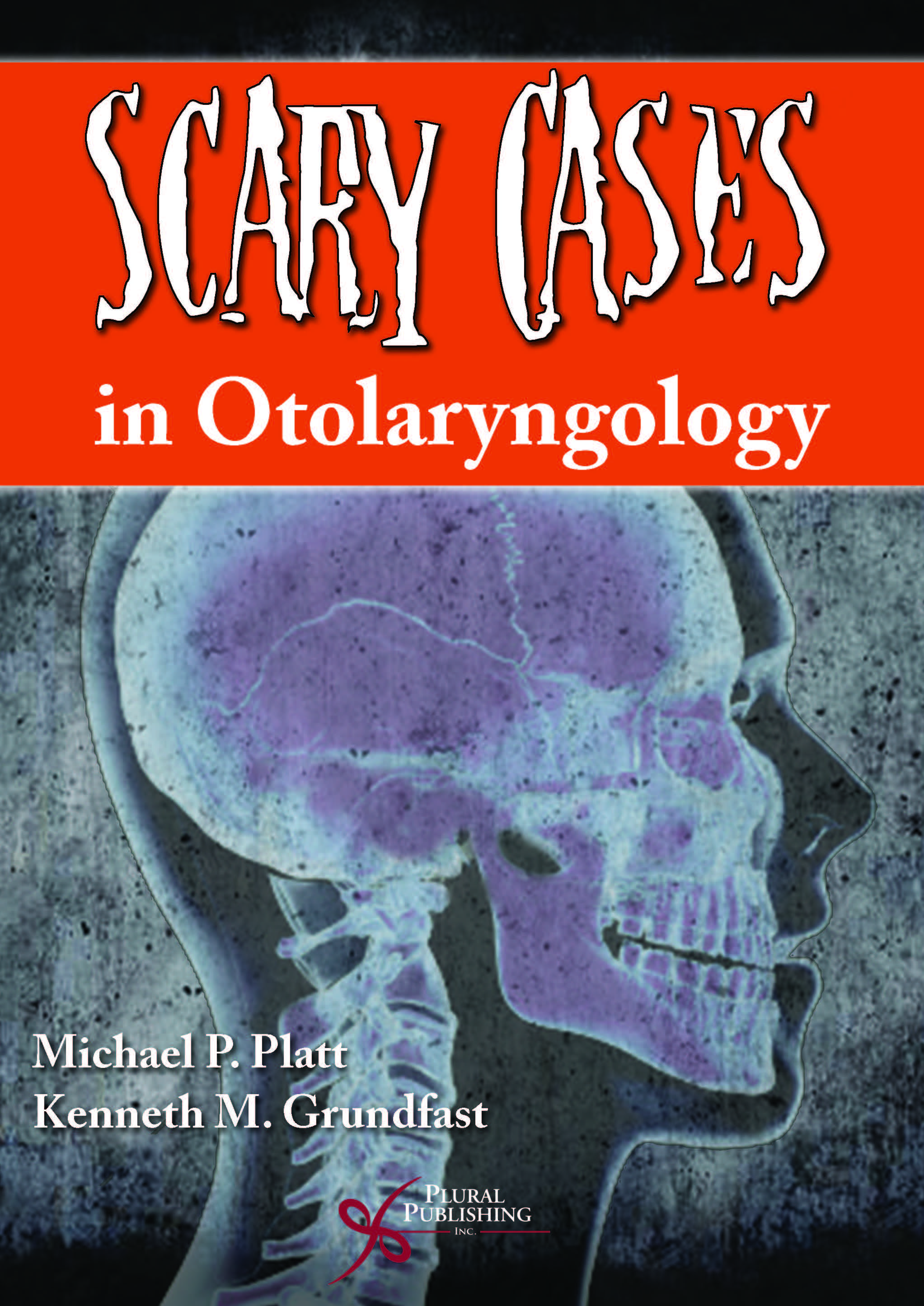
Scary Cases in Otolaryngology
First Edition
Michael P. Platt, Kenneth M. Grundfast
Details: 256 pages, Full Color, Softcover, 7" x 10"
ISBN13: 978-1-59756-654-4
© 2017 | Available
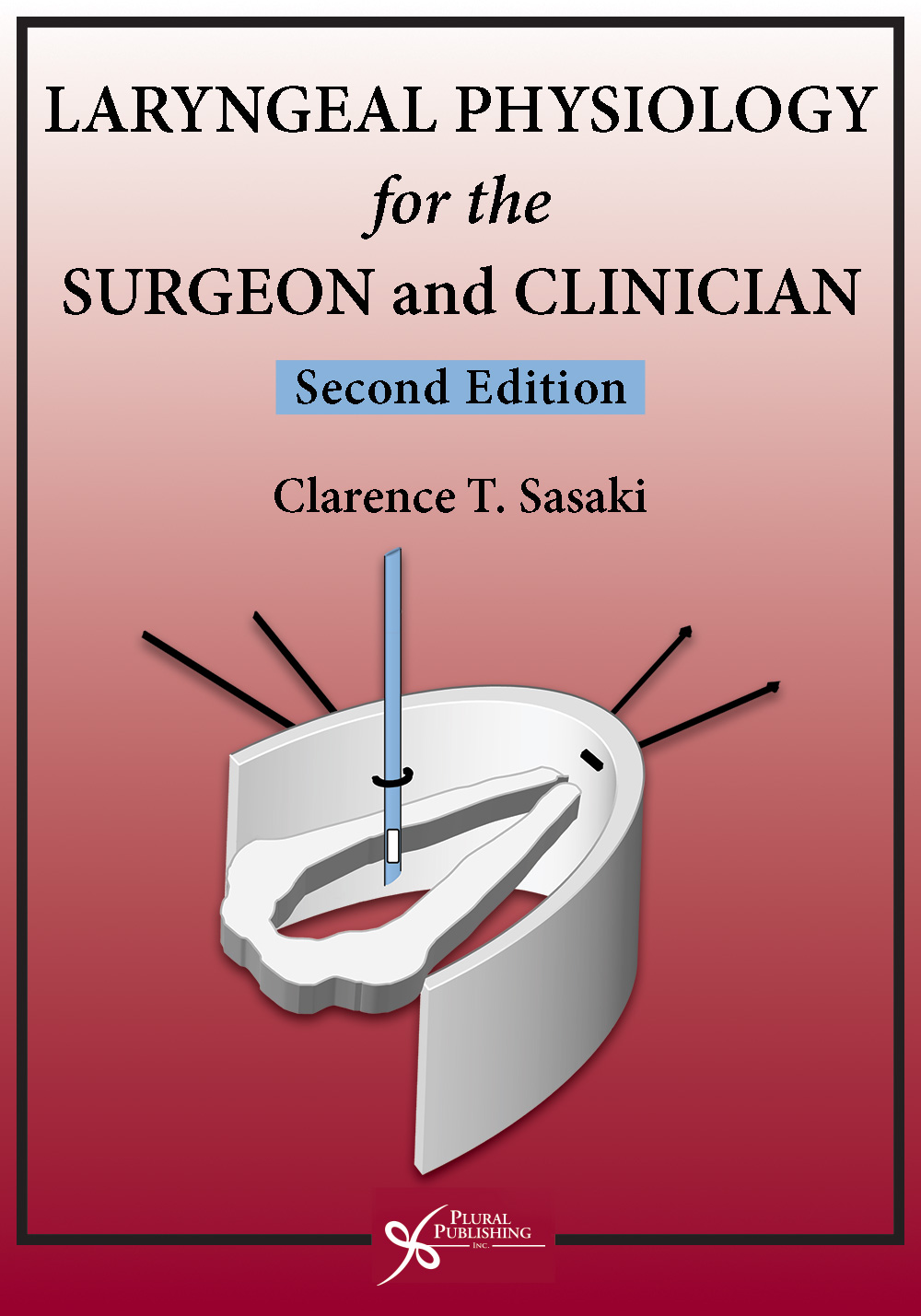
Laryngeal Physiology for the Surgeon and Clinician
Second Edition
Clarence T. Sasaki
Details: 150 pages, 2-Color, Hardcover, 7" x 10"
ISBN13: 978-1-59756-720-6
© 2017 | Available
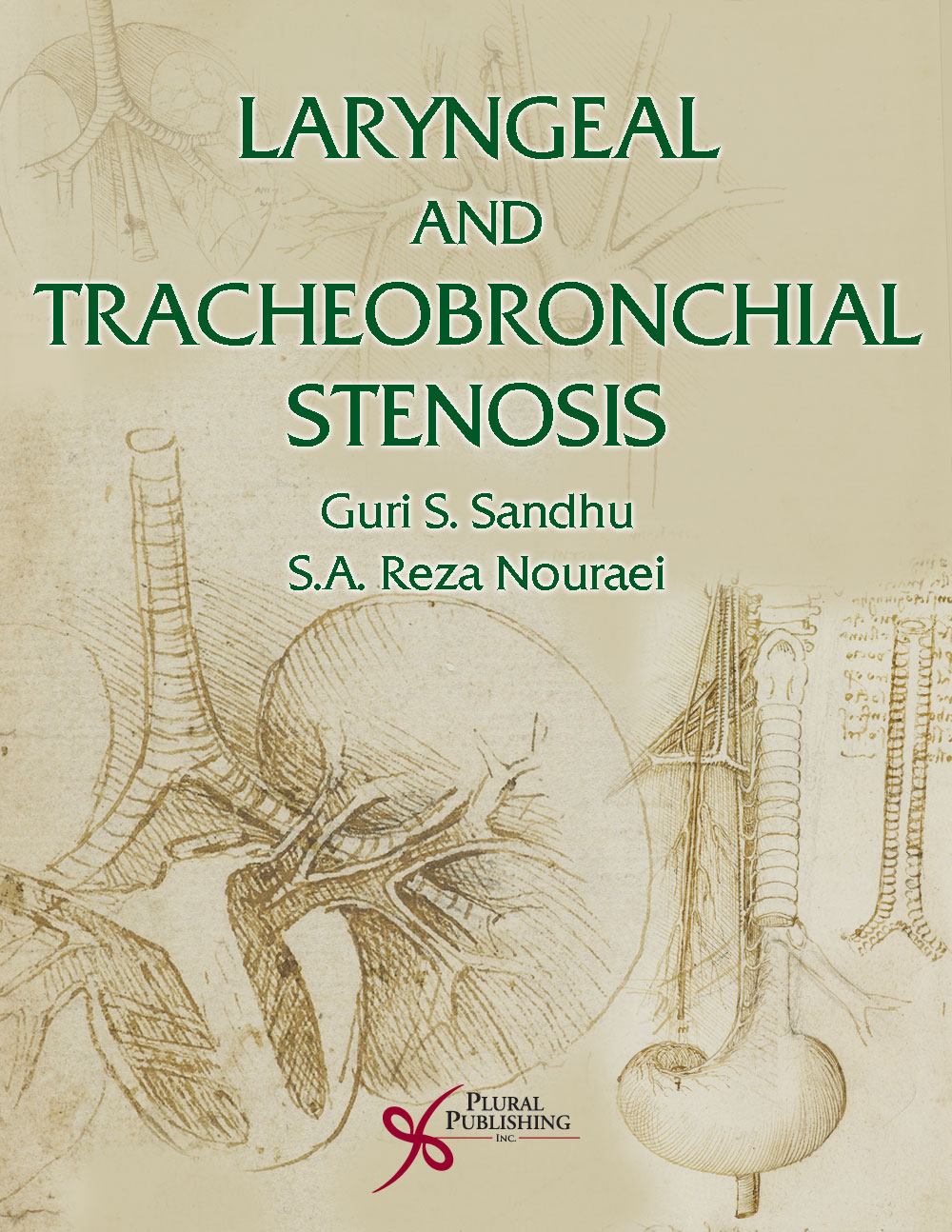
Laryngeal and Tracheobronchial Stenosis
First Edition
Guri S. Sandhu, S.A. Reza Nouraei
Details: 497 pages, Full Color, Hardcover, 8.5" x 11"
ISBN13: 978-1-59756-550-9
© 2016 | Available

